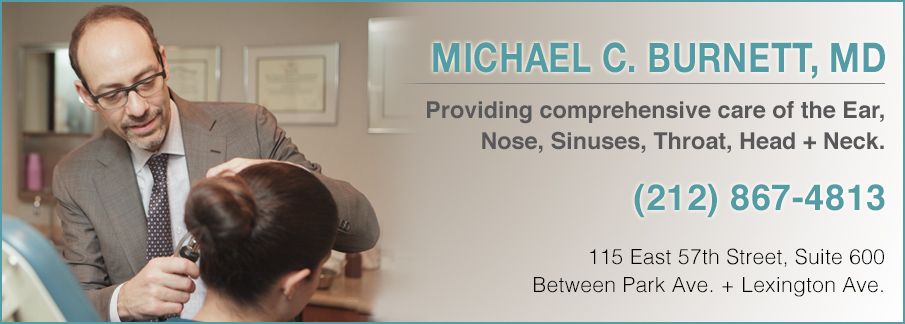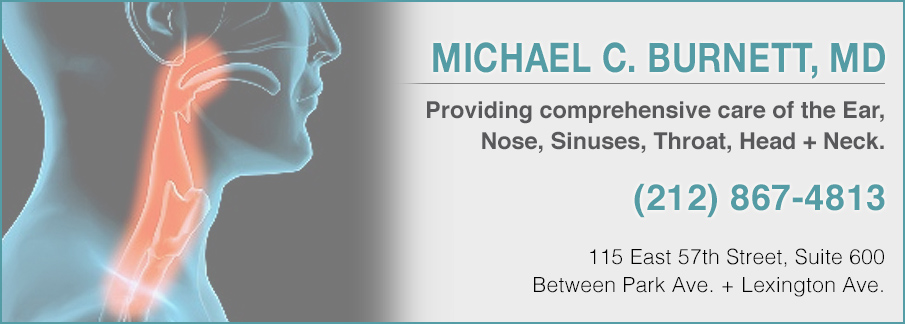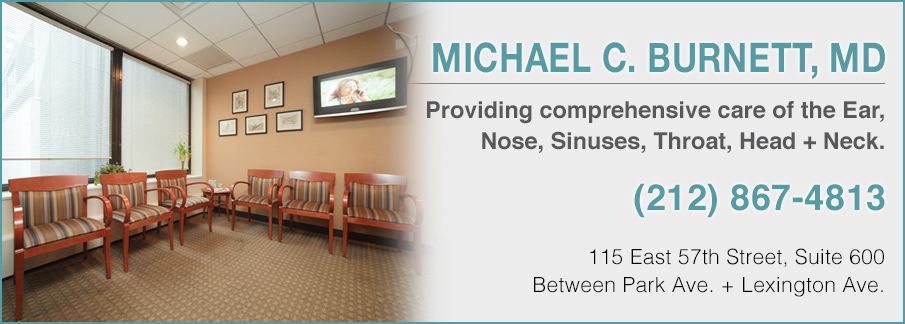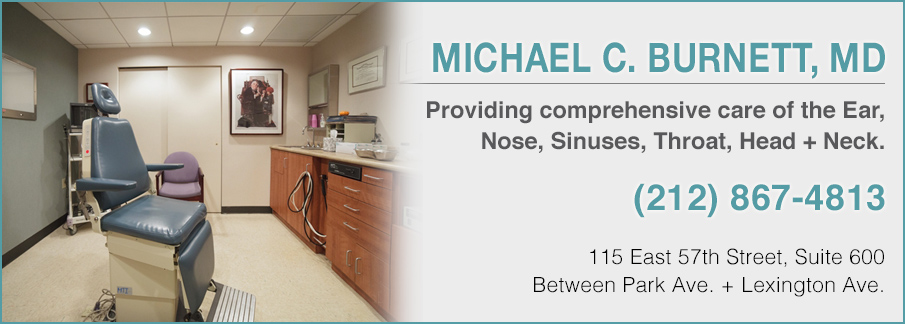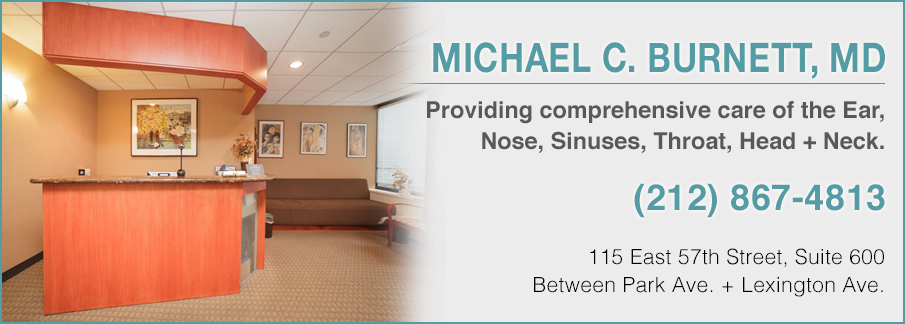What are some Ear Nose & Throat Doctor common procedures? ENT surgeons specialize in diagnosing and treating conditions and disorders that affect our senses, such as hearing, taste, smell, and balance. Further, they also know the treatment of numerous voice-related diseases and conditions, including swallowing and breathing problems.
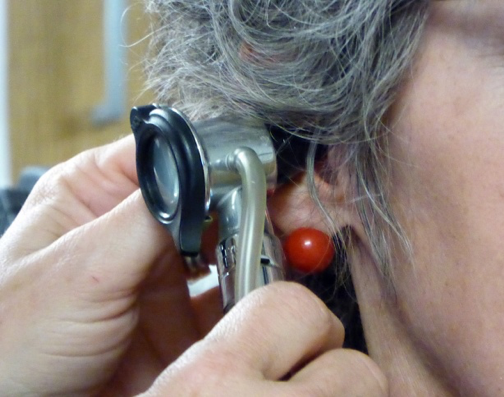
(Source)
ENT doctors cater to the medical and health needs of all ages, from newborns (Pediatric ENTs) to older adults. They are doctors as well as surgeons, which means that they prescribe medicine and also perform complex neck and head surgeries. Bear in mind that their focus area includes ear, nose, and throat-related problems and medical issues.
When to Seen an Otolaryngologist (ENT Doctor)?
For acute and short-term problems that affect your hearing, smell, taste, voice, and balance, you may visit your primary healthcare provider. However, if the conditions and diseases seem to progress, your primary healthcare provider may recommend you to a reputable ENT. Here are some symptoms and conditions that require immediate attention by an expert ENT:
- Tinnitus (constant buzzing/ringing in the ears)
- Sore throats (chronic and persistent)
- Recurring dizziness, balance disorders, and voice problems (wheezing)
- Swallowing problems
- Breathing Difficulties
- Chronic sleep apnea
- Snoring abnormalities
- Facial injuries (for reconstructive surgical treatments)
- Sinusitis
- Smell and taste disorders
- Loss of voice (vocal impairment)
You can see an ENT (otolaryngologist) for nearly any condition, disease, or disorder that affects your ears, nose, and throat.
ENT Common Procedures
Below are a few of the many different types of ENT treatment procedures that professional otolaryngologists perform.
Tympanoplasty (Ear Drum Repair)
The tympanoplasty procedure is a complex one because it involves your ear. If you have a chronic infection in your ear(s) that doesn’t seem to go away with the use of antibiotics, you have to undergo a tympanoplasty by an expert ENT surgeon. This 2-3 hours long procedure might take place if your eardrum hole is relatively bigger than usual.
Your ENT surgeon will either incise and create a small passage to your eardrum or access it directly through the ear canal. After removing the scar or excessive tissue from your middle ear, the surgeon will perform grafts using muscle or vein sheath tissue to close the eardrum.
Tonsillectomy
It is a common procedure for kids and youngsters who have tonsillitis and similar conditions. Under general anesthesia, the ENT surgeon will perform a tonsillectomy. Although the surgery occurs through open-mouth, there aren’t usually any scar tissues or incisions.
A traditional tonsillectomy procedure involves the removal of both tonsils. However, in the case of an intracapsular tonsillectomy, the surgeon will remove the entire tonsil tissue (affected part) and leave a thin layer for protection over throat muscles. This type of surgery ensures that your child gets rid of tonsil-related conditions, recovers faster, and can drink and eat as before.
Adenoidectomy
Adenoids are present at the roof of the mouth and are responsible for preventing the ingestion and passage of bacteria or viruses into the body. Common inflammation or swellings can occur due to improper care and can turn into a chronic condition.
It is a prevalent condition in young people and requires treatment by a reliable ENT surgeon. Using general anesthesia, the ENT surgeon will put your child to sleep. Following that, the surgeon will open the child’s mouth, locate the affected adenoids, and remove them effectively. Next, the surgeon may use a piece of electrical equipment to stop the bleeding.
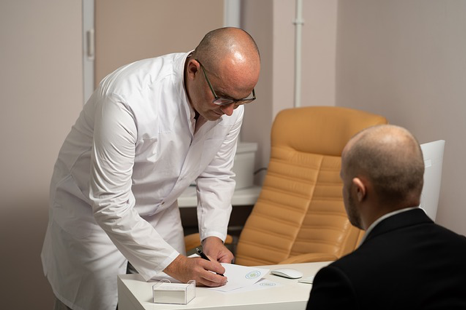
(Source)
Septoplasty
Septum refers to the bone that separates the two nostrils inside the nose. A septoplasty helps correct any deviation in the septum (movement of the septum to either side of the nose more irregularly). The surgeon will decide the type of anesthesia. The procedure can take up to an hour and a half, depending on the severity of the condition.
The surgeon will make an incision to gain access to your septum from a side of the nose. Subsequently, they will interact with the mucous membrane to lift the protective covering over your septum. After revealing the septum completely, the surgeon will move it to the correct position. Not to mention, any excessive cartilage or bone will require removal for effective completion, after which the surgeon will place the mucous membrane back in place. Read more about septoplasty in this article.
Ear Nose & Throat Doctor Common Procedures: Conclusion
Do you want to consult one of the best ENT doctors and surgeons for your ENT-related issues? At Ear, Nose & Throat of New York, Dr. Michael C. Burnett, MD, offers specialized care and treatment for all ENT problems. He has extensive knowledge of the otolaryngology field and has years of experience in treating multiple ENT conditions.
You can benefit from early treatment and prevent the progression of your conditions. Call us at 212-867-4813 to schedule an appointment with Dr. Burnett today.
Ear Nose & Throat of New York
115 East 57th Street Suite 600
(Between Park Ave. + Lexington Ave.)
New York, NY 10022.
212-867-4813
References & Related Links:
https://www.news-medical.net/health/Common-Ear-Nose-Throat-(ENT)-Procedures.aspx
https://www.healthcareers.nhs.uk/explore-roles/doctors/roles-doctors/surgery/otorhinolaryngology-ear-nose-and-throat-surgery-ent
https://www.everydayhealth.com/ear-nose-throat/specialist.aspx
https://www.healthgrades.com/right-care/ear-nose-and-throat/8-reasons-to-see-an-ear-nose-and-throat-doctor

